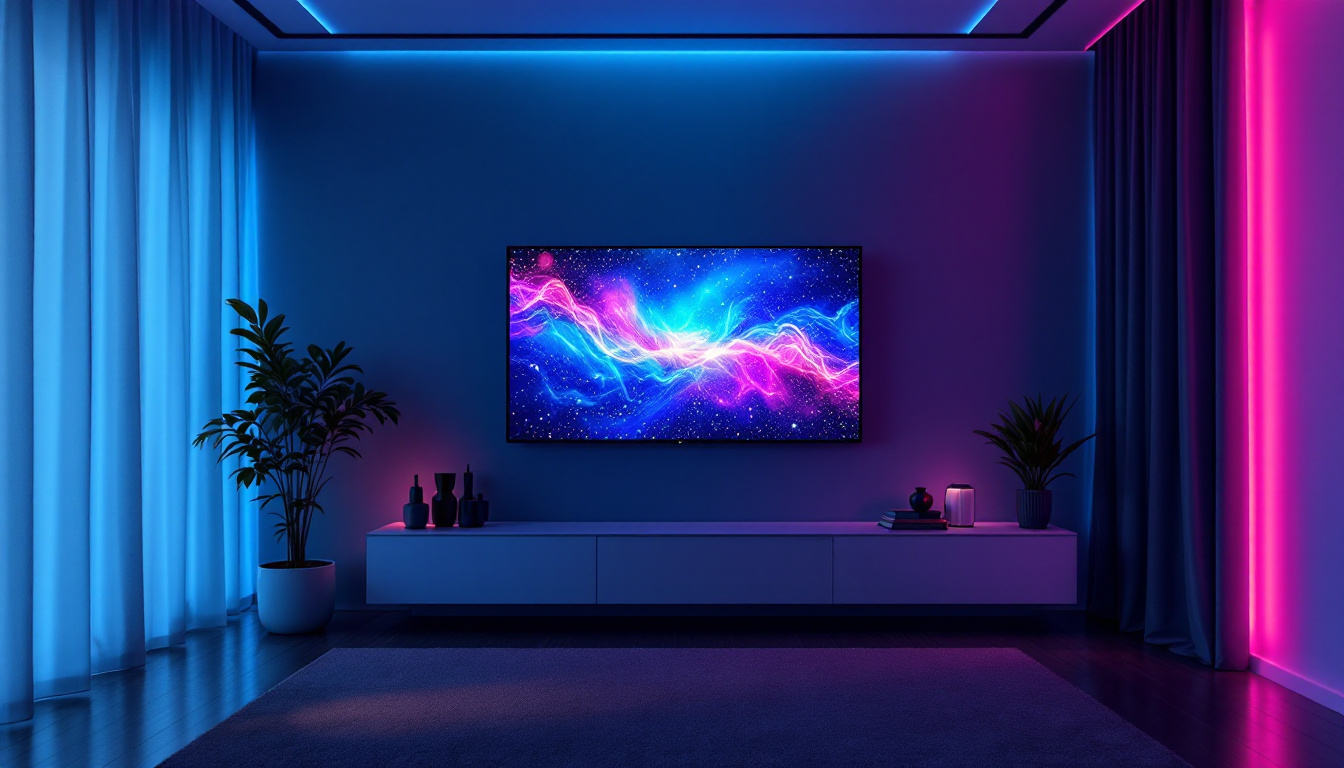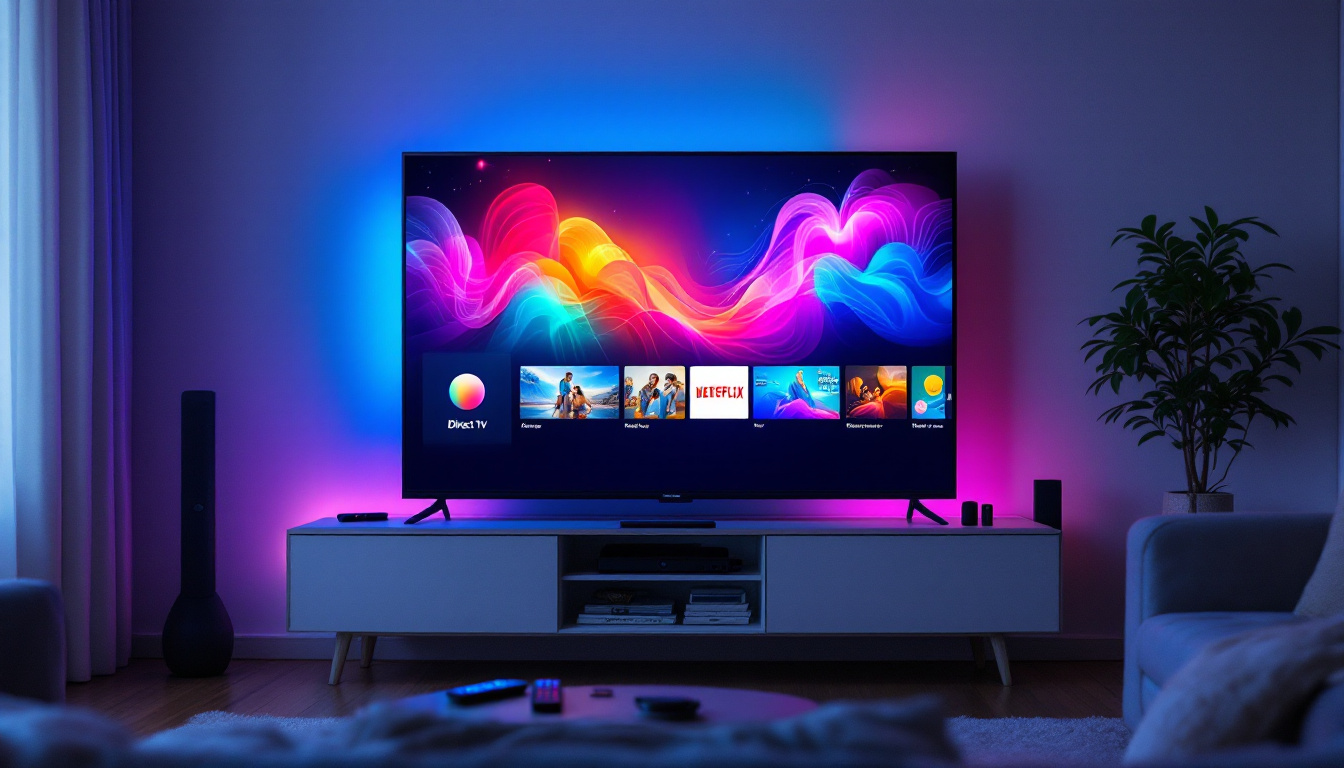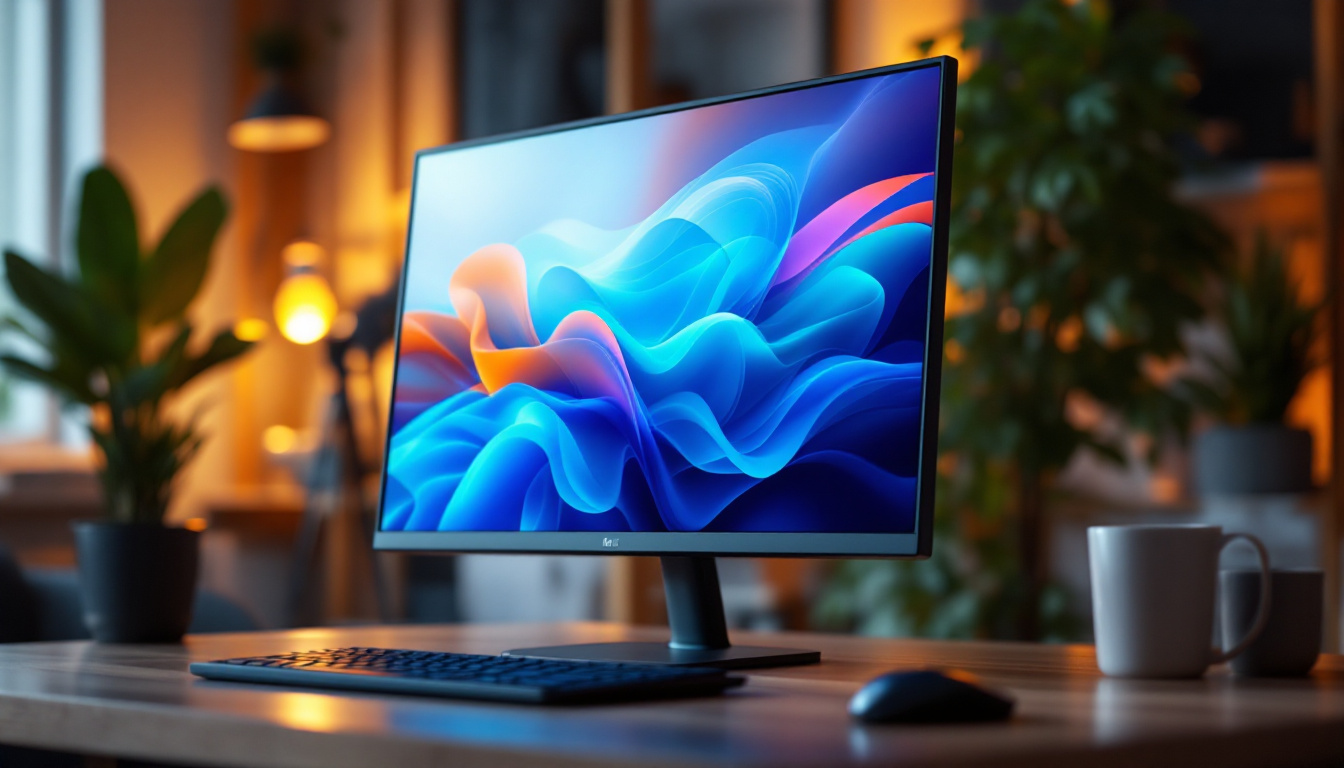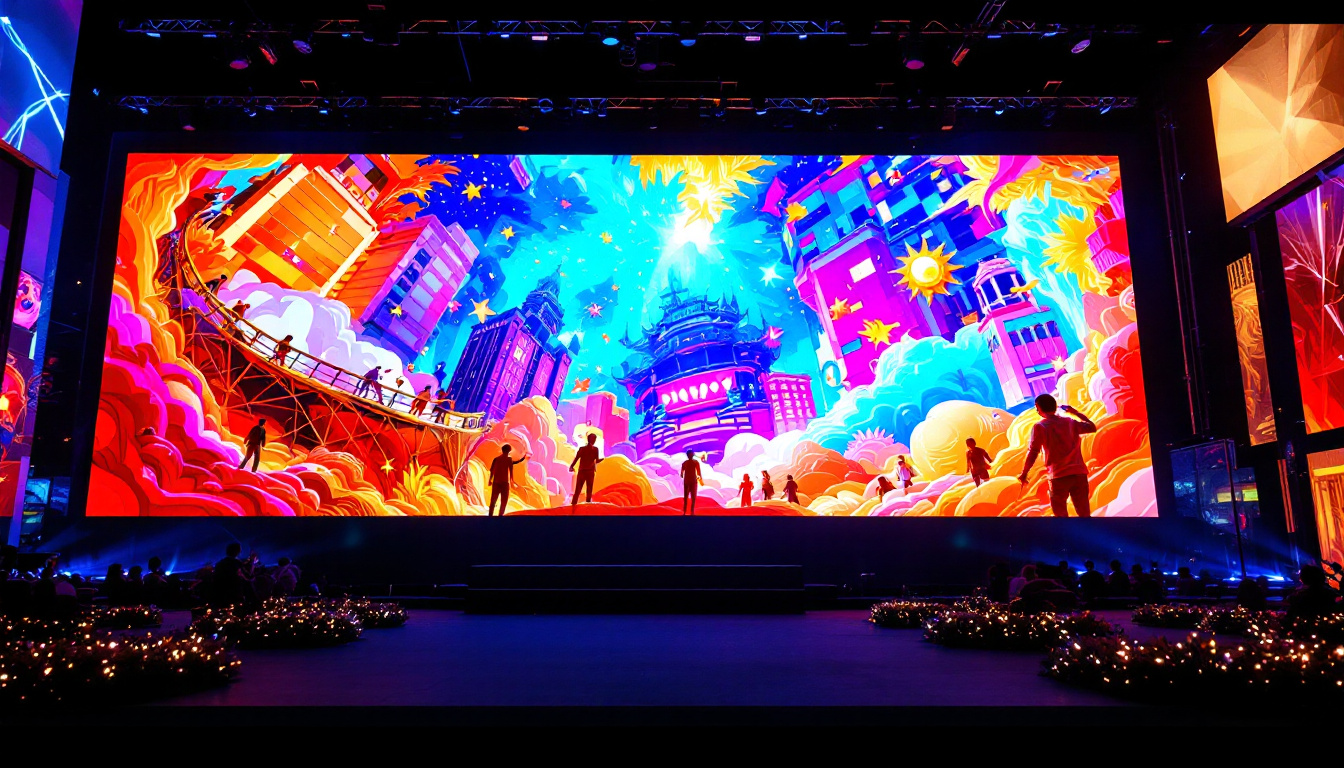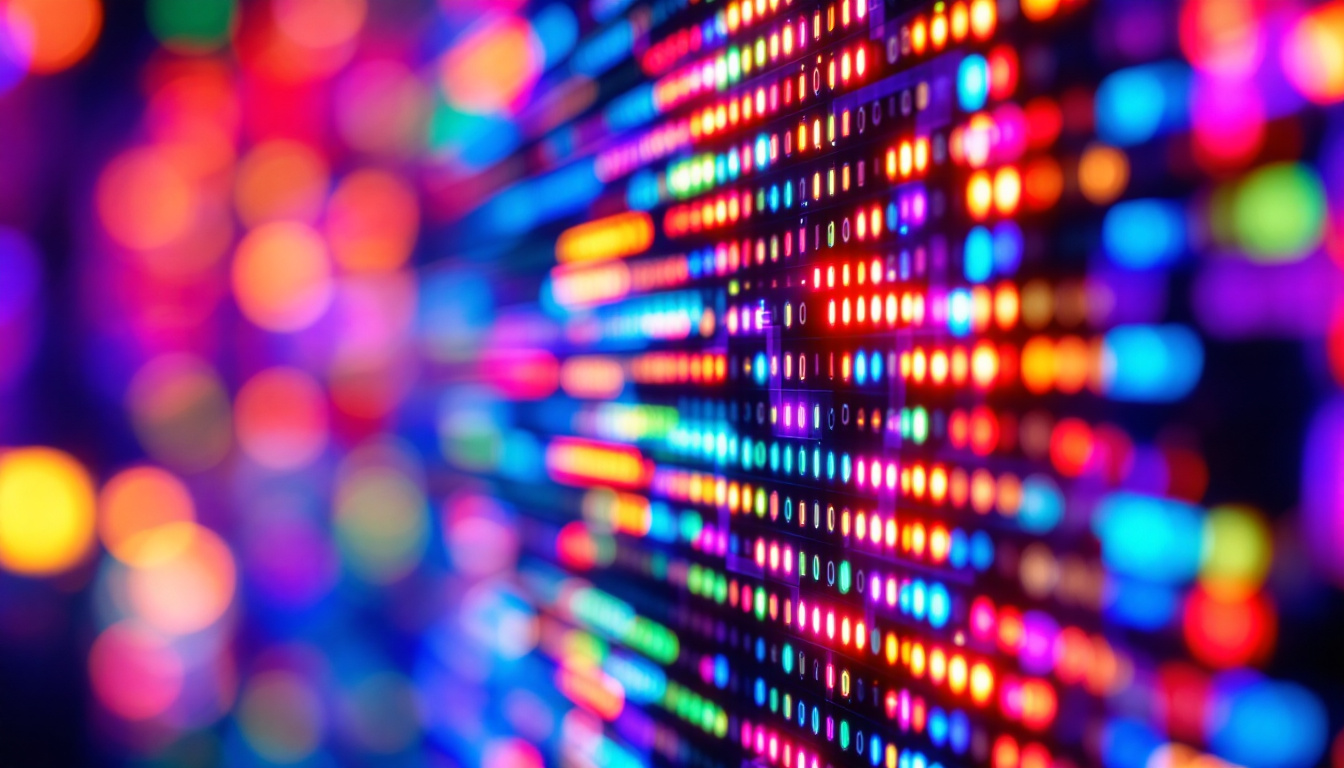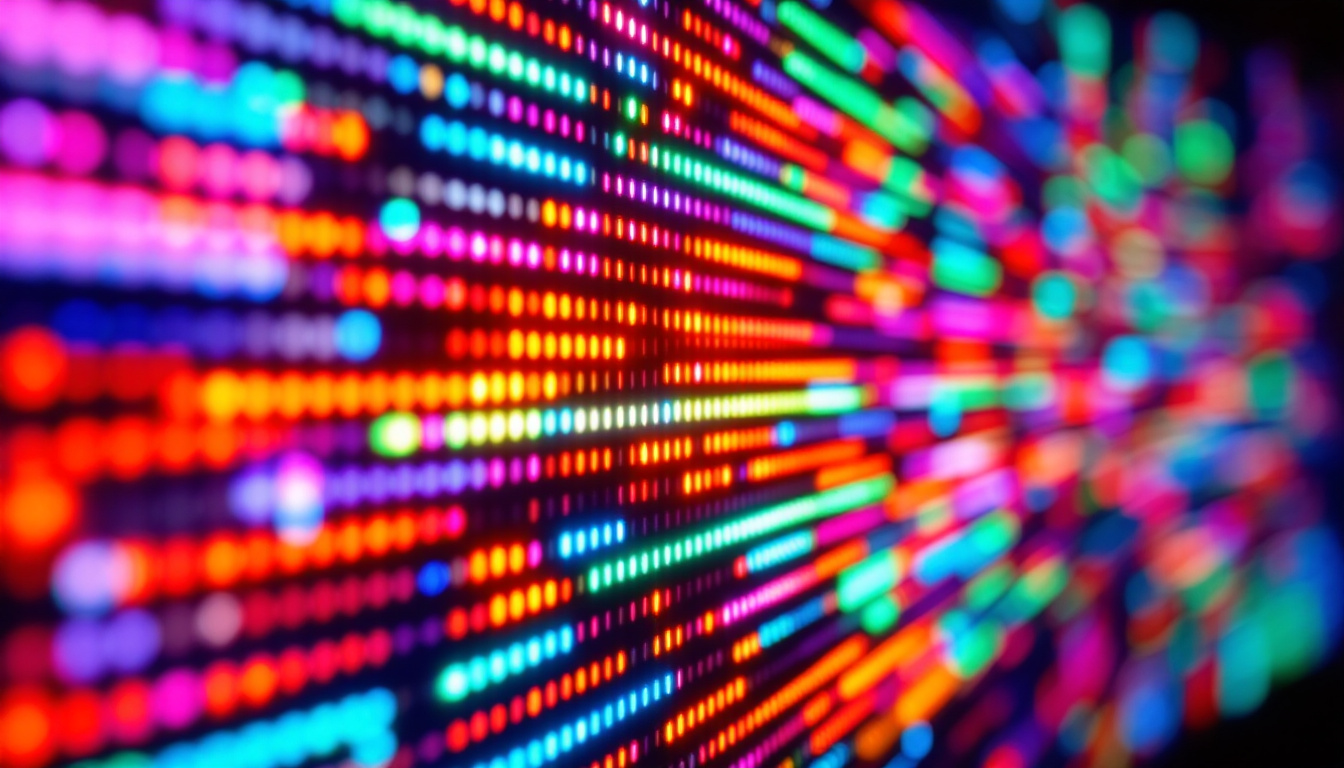Touch Screen LCD Screen: LED Display Explained
In the modern era of technology, displays have become an integral part of our daily lives. From smartphones to large television screens, the evolution of display technology has been remarkable. Among these advancements, touch screen LCD (Liquid Crystal Display) screens and LED (Light Emitting Diode) displays have gained immense popularity. This article delves into the intricacies of these technologies, exploring their functionalities, applications, and the differences between them.
Understanding LCD Technology
LCD technology is widely used in various devices, including televisions, computer monitors, and smartphones. The core principle of LCDs lies in the manipulation of light through liquid crystals. Unlike traditional cathode ray tube (CRT) displays, LCDs are thinner, lighter, and more energy-efficient. This efficiency has made LCDs the go-to choice for modern display technology, as they not only reduce energy costs but also contribute to a more sustainable environment by minimizing electronic waste.
The Working Mechanism of LCDs
At the heart of an LCD screen are liquid crystals, which are substances that exhibit properties between those of liquids and solid crystals. When an electric current passes through these crystals, they align in such a way that they can either block or allow light to pass through. This alignment is controlled by the application of voltage, which is what enables the screen to display images and colors. The precision in this alignment is crucial, as even the slightest variation can affect the overall image quality and color accuracy.
Each pixel on an LCD screen is made up of sub-pixels, typically red, green, and blue. By adjusting the intensity of each sub-pixel, a wide range of colors can be produced. The light source behind the screen, often a fluorescent lamp or LED, illuminates these pixels, allowing for vibrant images to be displayed. Moreover, advancements in technology have led to the development of high dynamic range (HDR) displays, which enhance the contrast and color range, providing a more immersive viewing experience.
Advantages of LCD Screens
LCD screens offer several advantages over older display technologies. They are more energy-efficient, which translates to lower power consumption and extended battery life for portable devices. Additionally, LCDs provide a clearer and sharper image quality, making them ideal for watching videos and playing games. The rapid refresh rates and low response times of modern LCDs also enhance the viewing experience, reducing motion blur and providing smoother transitions in fast-paced content.
Another significant advantage is their slim profile. LCDs can be manufactured in various sizes without adding excessive bulk, making them suitable for a wide range of applications, from handheld devices to large televisions. Furthermore, the versatility of LCD technology has led to its integration into innovative applications such as digital signage, automotive displays, and even wearable devices, showcasing its adaptability in an ever-evolving technological landscape. As manufacturers continue to push the boundaries of LCD technology, we can expect even more advancements that will further enhance their performance and usability across different sectors.
The Rise of Touch Screen Technology
Touch screen technology has revolutionized the way users interact with devices. By allowing direct interaction with the display, touch screens have made navigation intuitive and user-friendly. This technology is commonly found in smartphones, tablets, kiosks, and even home appliances. The seamless integration of touch screens into everyday life has transformed not only personal devices but also the way businesses operate, enhancing customer engagement and streamlining processes.
Types of Touch Screen Technologies
There are primarily two types of touch screen technologies: resistive and capacitive. Resistive touch screens consist of multiple layers that detect pressure when the screen is pressed. They are versatile and can be used with gloves or styluses, making them suitable for various environments. This adaptability makes resistive screens ideal for industrial applications, where users may need to operate devices in harsh conditions or while wearing protective gear.
Capacitive touch screens, on the other hand, rely on the electrical properties of the human body. When a finger touches the screen, it alters the electrical field, allowing the device to register the touch. This type of screen is more responsive and supports multi-touch gestures, enhancing the user experience. Capacitive touch screens are prevalent in consumer electronics, offering a smooth and responsive interface that has become a standard expectation among users. The development of advanced capacitive technologies, such as projected capacitive touch screens, has further improved sensitivity and accuracy, allowing for more complex gestures and interactions.
Applications of Touch Screen LCDs
Touch screen LCDs have found applications in numerous fields. In retail, they are used in point-of-sale systems, allowing for quick transactions and easy inventory management. In education, interactive touch screens facilitate engaging learning experiences for students. These screens enable dynamic presentations and collaborative learning, where multiple students can interact with the content simultaneously, fostering a more interactive classroom environment.
Moreover, healthcare has embraced touch screen technology in medical devices and patient management systems, improving efficiency and accuracy in patient care. Touch screens in hospitals allow for quick access to patient records and real-time data entry, minimizing the risk of errors and enhancing communication among healthcare providers. The versatility of touch screen LCDs continues to expand, making them a staple in modern technology. From smart home devices that allow users to control their environment with a simple swipe to automotive interfaces that provide drivers with essential information at their fingertips, touch screen technology is shaping the future of human-computer interaction in ways we are only beginning to explore.
Exploring LED Displays
LED displays are another significant advancement in display technology. Unlike traditional LCDs that use fluorescent backlighting, LED displays utilize light-emitting diodes to produce images. This difference in technology leads to various advantages and applications.
How LED Displays Work
LED displays can be classified into two main types: direct-lit and edge-lit. Direct-lit LED displays have a backlight made up of LEDs that cover the entire screen, providing uniform brightness and color accuracy. Edge-lit displays, on the other hand, have LEDs placed along the edges of the screen, which then illuminate the display through a light guide panel.
One of the most notable features of LED displays is their ability to produce deeper blacks and higher contrast ratios. This is because LEDs can be turned off completely in dark areas of the image, resulting in a more dynamic and visually appealing display.
Benefits of LED Displays
LED displays offer several benefits over traditional LCDs. They are more energy-efficient, consuming less power while delivering brighter images. This efficiency is particularly important for large displays used in commercial settings, where energy costs can be significant.
Additionally, LED displays have a longer lifespan compared to traditional LCDs. They are less prone to burn-in and can withstand varying environmental conditions, making them suitable for outdoor use in billboards and signage.
Comparing Touch Screen LCD and LED Displays
While touch screen LCDs and LED displays are both prevalent in today’s technology landscape, they serve different purposes and have distinct characteristics. Understanding these differences can help consumers and businesses make informed decisions when selecting display technologies.
Image Quality and Performance
When it comes to image quality, LED displays often have the upper hand. They provide better contrast ratios, deeper blacks, and more vibrant colors due to their ability to control individual pixels. This makes LED displays ideal for applications such as video production and gaming, where image fidelity is crucial.
However, touch screen LCDs can still deliver impressive image quality, especially with advancements in technology. Many modern touch screen LCDs incorporate LED backlighting, combining the benefits of both technologies.
Interactivity and Usability
Touch screen LCDs excel in interactivity, allowing users to engage directly with the display. This feature is particularly beneficial in environments where quick access to information is necessary, such as in retail and hospitality settings.
LED displays, while not inherently touch-enabled, can be paired with external touch technology to create interactive experiences. This flexibility allows businesses to choose the best combination of display and interactivity based on their specific needs.
Future Trends in Display Technology
The display technology landscape is continually evolving, with new innovations on the horizon. As consumer demands for better image quality and interactivity grow, manufacturers are investing in research and development to create cutting-edge solutions.
Advancements in OLED Technology
Organic Light Emitting Diode (OLED) technology is gaining traction as a potential successor to both LCD and LED displays. OLED screens offer exceptional color accuracy, wide viewing angles, and the ability to produce true blacks since each pixel emits its own light. This technology is already being used in high-end smartphones and televisions, and its adoption is expected to increase.
Integration of AI and Smart Features
As artificial intelligence (AI) continues to advance, the integration of smart features into display technology is becoming more common. Displays equipped with AI capabilities can adapt to user preferences, optimize brightness and color settings based on the environment, and even provide personalized content recommendations.
This integration of AI not only enhances the user experience but also opens up new possibilities for interactive displays in various industries, from retail to education.
Conclusion
Touch screen LCD screens and LED displays represent significant advancements in display technology, each offering unique benefits and applications. Understanding the differences between these technologies is crucial for consumers and businesses alike, as it enables informed decisions when selecting the right display for their needs.
As technology continues to evolve, the future of display technology promises even more exciting innovations. From OLED advancements to the integration of AI, the possibilities are endless. Embracing these developments will not only enhance user experiences but also pave the way for new applications and industries.
In a world where visual communication is paramount, staying informed about display technologies is essential. Whether for personal use or business applications, the right display technology can make all the difference in achieving clarity, engagement, and interactivity.
Discover Cutting-Edge LED Display Solutions with LumenMatrix
As you consider the future of display technology for your personal or business needs, LumenMatrix stands at the forefront of LED innovation. Our commitment to revolutionizing visual communication is evident in our diverse range of LED display modules. From the immersive Indoor LED Wall Display to the dynamic Outdoor LED Wall Display, and from the mobile versatility of Vehicle LED Displays to the interactive Floor LED Displays, we offer tailored solutions that bring your brand to life. Experience the transformative power of our Custom LED Displays, All-in-One LED Displays, and LED Transparent Displays. Elevate your visual impact and engage your audience like never before. Check out LumenMatrix LED Display Solutions today and step into a world of vivid clarity and unparalleled interactivity.




